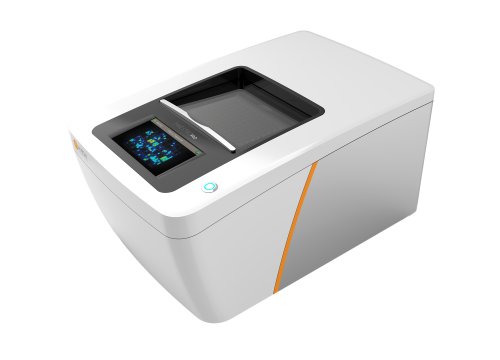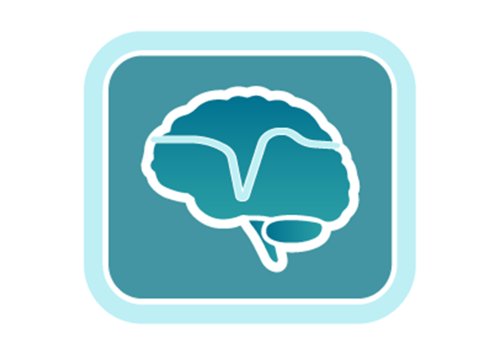Authors: Jinhong Xu, Yufei Kong, Nawen Wang, Huijuan Li, Yunteng Li, Zhuo Liu, Yuling Yang, Xiao Yu, Huihui Liu, Jing Ding, Yi Wang, Rui Zhao, and Zhicheng Shao
Advanced Science, 31 December 2024
Scientists use 3D organoids and assembloids on Axion BioSystems’ next-generation Maestro Pro MEA to explore the pathophysiology of focal cortical dysplasia and identify potential therapeutic strategies.
Focal cortical dysplasia (FCD) is a brain malformation associated with abnormal neuron development resulting in epilepsy and other neurological conditions. In this study, researchers developed dorsal and ventral forebrain organoids (DFOs/VFOs) from patients with FCD to characterize FCD pathology and serve as a disease model for therapeutic development.
To characterize DFOs and VFOs derived from FCD patient cells, the team used Axion BioSystems’ hands-free Maestro Pro multielectrode array (MEA) platform, finding that FCD DFOs and VFOs demonstrated epileptiform bursting and hyperactivity, though exhibited different patterns and intensities. Interestingly, cardiomyocyte-like cells were also detected in DFOs and VFOs, presumably at least in part from BMP and WNT signaling. DFOs and VFOs exhibited rhythmic beating, and cardiac field potentials were detected via Maestro MEA.
Finally, hESC-derived cardioids were generated and combined with DFOs to create assembloids mimicking cardiomyocyte heterotopia and examined via Maestro MEA. These assembloids exhibited increased network bursting compared to DFOs alone, suggesting ectopic cardiomyocytes—or chimeric neuro-cardiac cells—may increase neural activity and contribute to network dysfunction and hyperexcitability in FCD. Overall, the authors conclude that, “the personalized region-specific forebrain organoids derived from FCD patient astrocytes effectively recapitulate heterogeneous pathological features, offering a valuable platform for the development of precise therapeutic strategies.”


